1. Repurposing Coffee Grounds as Fertilizer
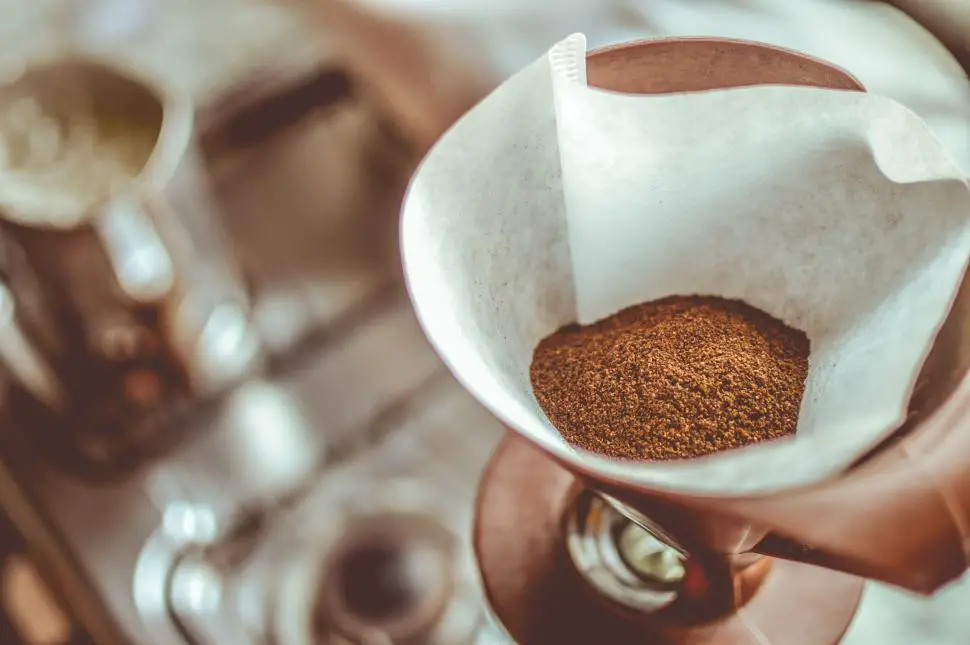
Used coffee grounds are a rich source of nitrogen, making them perfect for feeding plants that love acidic soil. Simply sprinkle them on the soil or mix them into your compost for an eco-friendly boost. This hack also reduces waste, making it a win for your garden and the environment.
2. Using Banana Peels for Plant Nutrition
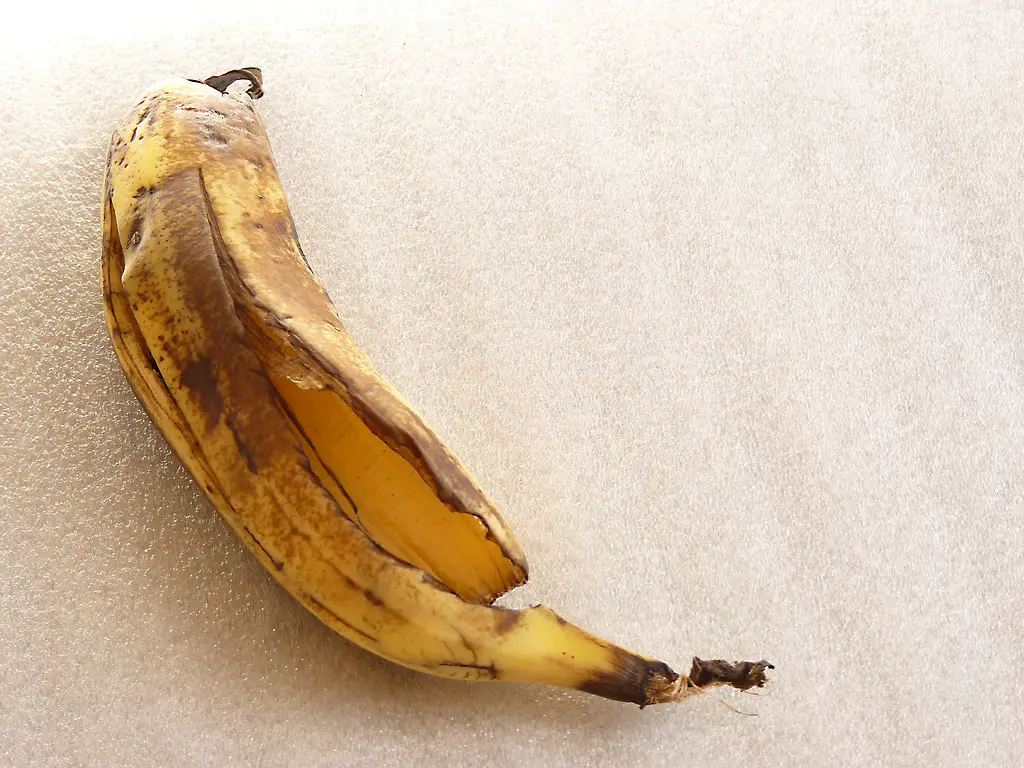
Banana peels are packed with potassium and phosphorus, essential nutrients for healthy plant growth. Soak peels in water to create a natural fertilizer tea or chop them up and bury them in the soil. This simple trick ensures your plants stay vibrant and blooming.
3. Watering Plants with Rice Water

Leftover water from rinsing rice is full of beneficial nutrients like magnesium and potassium. Allow it to cool, then use it to water your plants for a gentle nutrient boost. Many gardeners report healthier leaves and faster growth with this hack.
4. Creating DIY Mini Greenhouses with Plastic Bottles
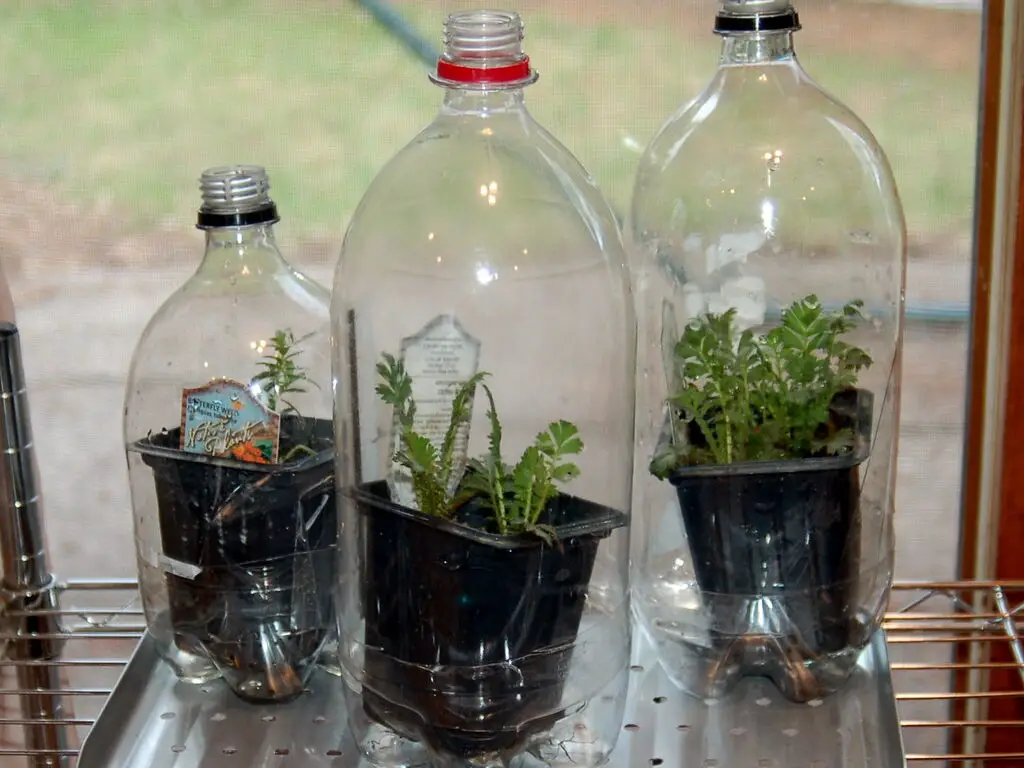
Cutting plastic bottles in half and placing them over seedlings creates a perfect mini greenhouse. This method traps heat and moisture, protecting young plants from the elements. It’s an inexpensive way to jump-start your gardening season.
5. Using Cinnamon to Prevent Fungus and Pests
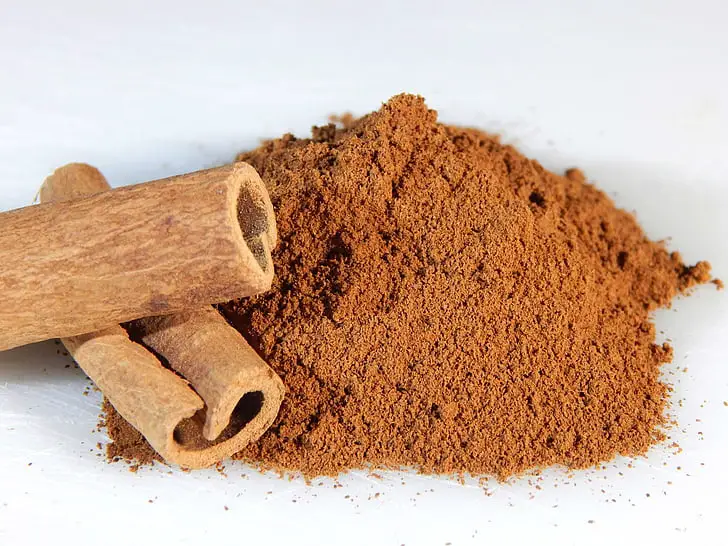
Sprinkling cinnamon on the soil can help prevent fungal growth and deter pests like ants. This natural solution is safe, effective, and smells great too. Plus, it works as an antifungal agent for propagating cuttings.
6. Hydrating Plants with Gel Beads

Water-absorbing gel beads can keep your plants hydrated for longer periods. Simply mix them into the soil, and they’ll release water gradually as the plant needs it. This hack is especially useful for potted plants and hanging baskets.
7. Growing Plants in Vertical Towers
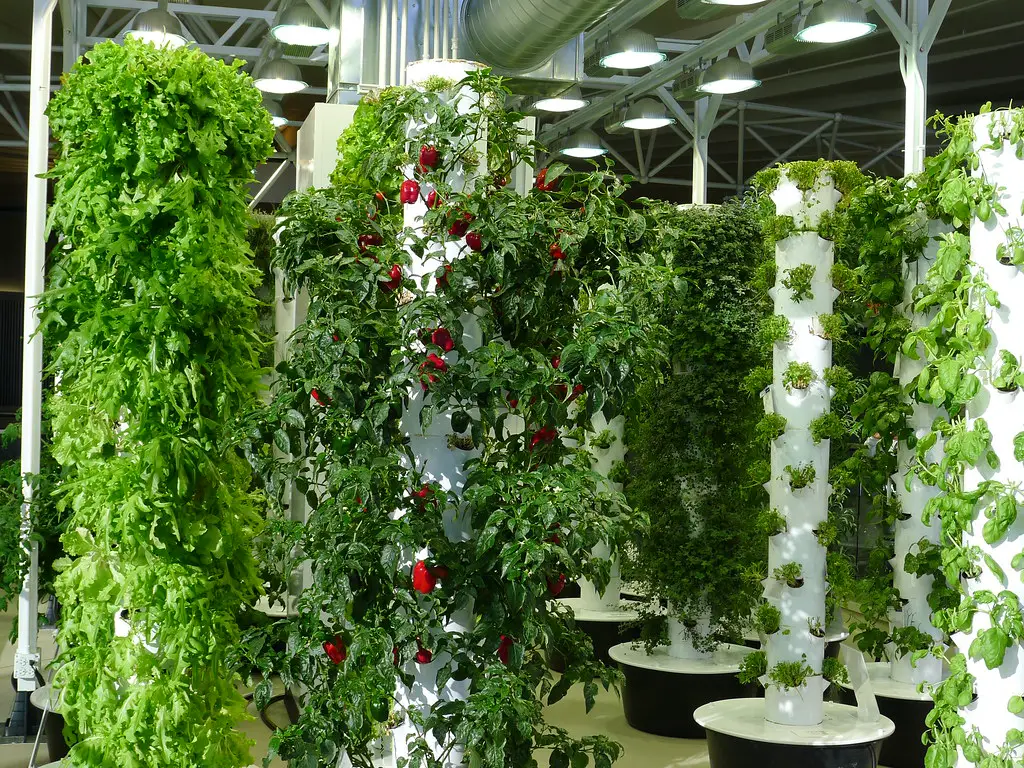
Vertical gardening towers are perfect for small spaces and allow you to grow multiple plants in a compact area. These towers optimize sunlight and make watering more efficient. They’re ideal for herbs, strawberries, and even leafy greens.
8. Saving Overwatered Plants with Hydrogen Peroxide
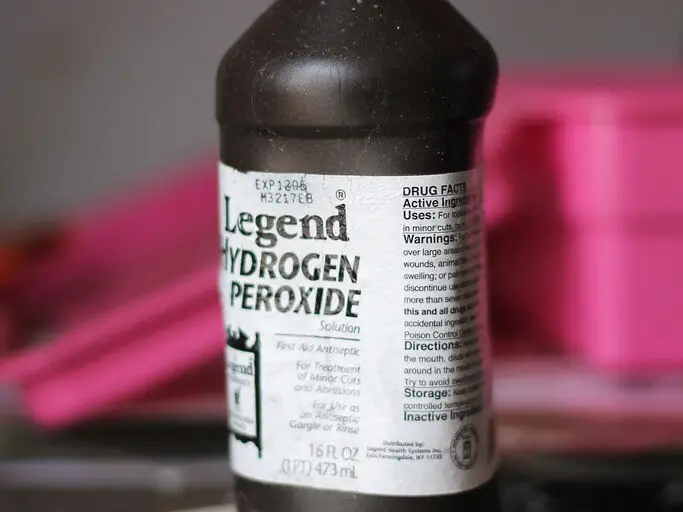
A diluted hydrogen peroxide solution can save plants suffering from root rot caused by overwatering. Mix one part hydrogen peroxide with four parts water and apply it to the soil. It helps kill harmful bacteria while oxygenating the roots for recovery.
9. Boosting Seed Germination with Chamomile Tea
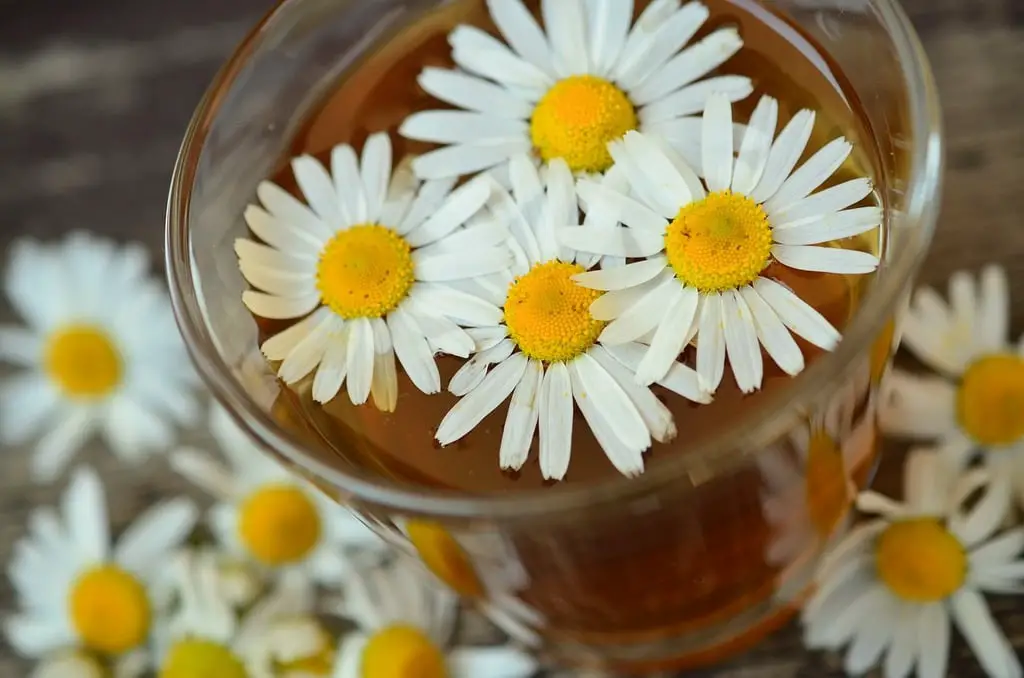
Soaking seeds in cooled chamomile tea before planting can speed up germination and prevent mold. The tea contains natural antifungal properties that protect delicate seedlings. This hack is easy and effective, especially for herbs and vegetables.
10. Using Epsom Salt for Greener Leaves
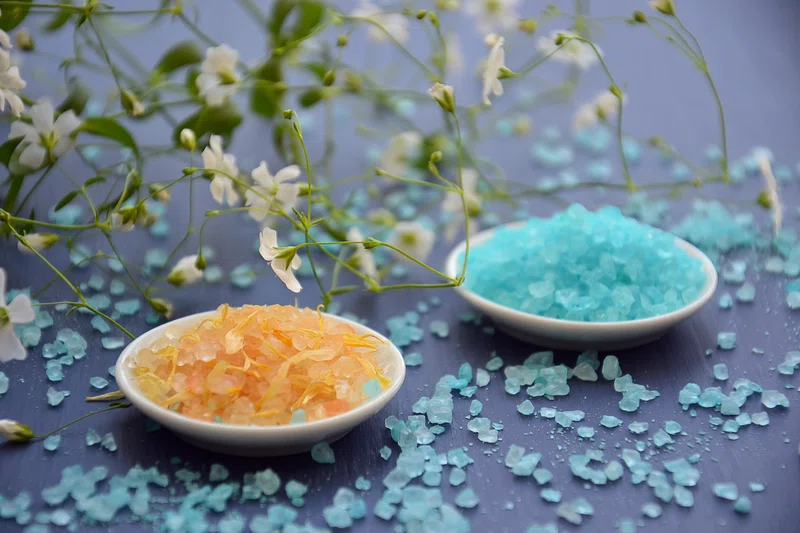
Epsom salt, rich in magnesium, can make plant leaves greener and more vibrant. Dissolve a tablespoon in a gallon of water and use it as a foliar spray or soil drench. This is particularly beneficial for tomatoes, peppers, and roses.
11. Repurposing Wine Corks as Mulch

Chopping up wine corks and spreading them on top of your soil creates a unique, biodegradable mulch. It helps retain moisture, regulate soil temperature, and reduce weeds. This stylish solution also recycles materials that would otherwise go to waste.
12. Adding Crushed Eggshells for Calcium
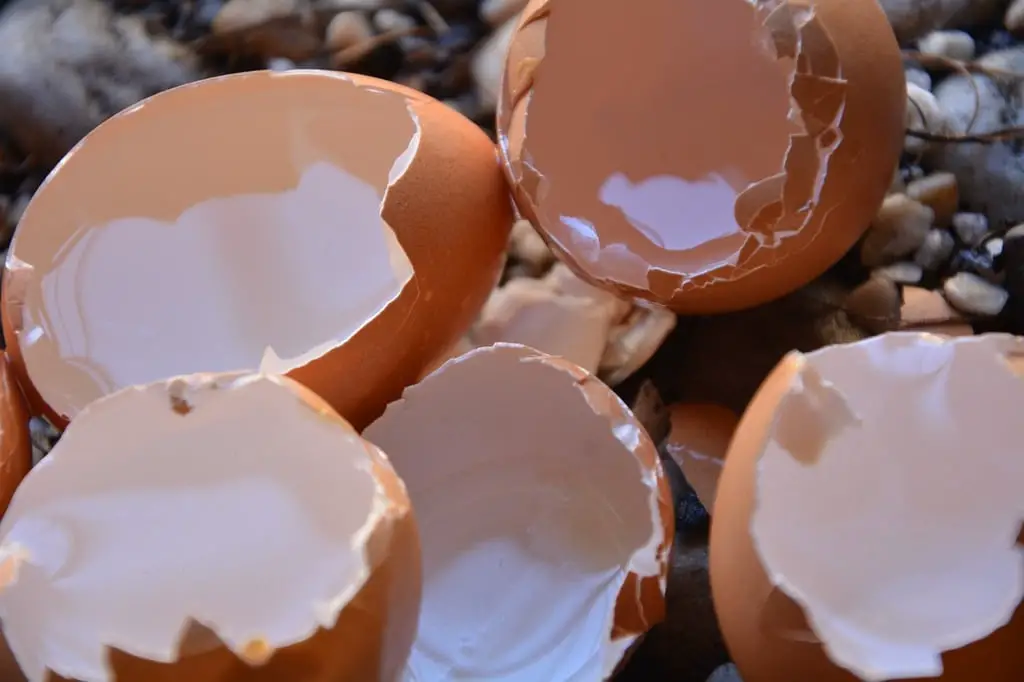
Crushed eggshells are a natural source of calcium, crucial for preventing blossom-end rot in tomatoes and peppers. Sprinkle them around the base of your plants or mix them into the soil. Over time, they break down and enrich the soil with essential nutrients.
13. Using Aloe Vera as a Natural Fertilizer
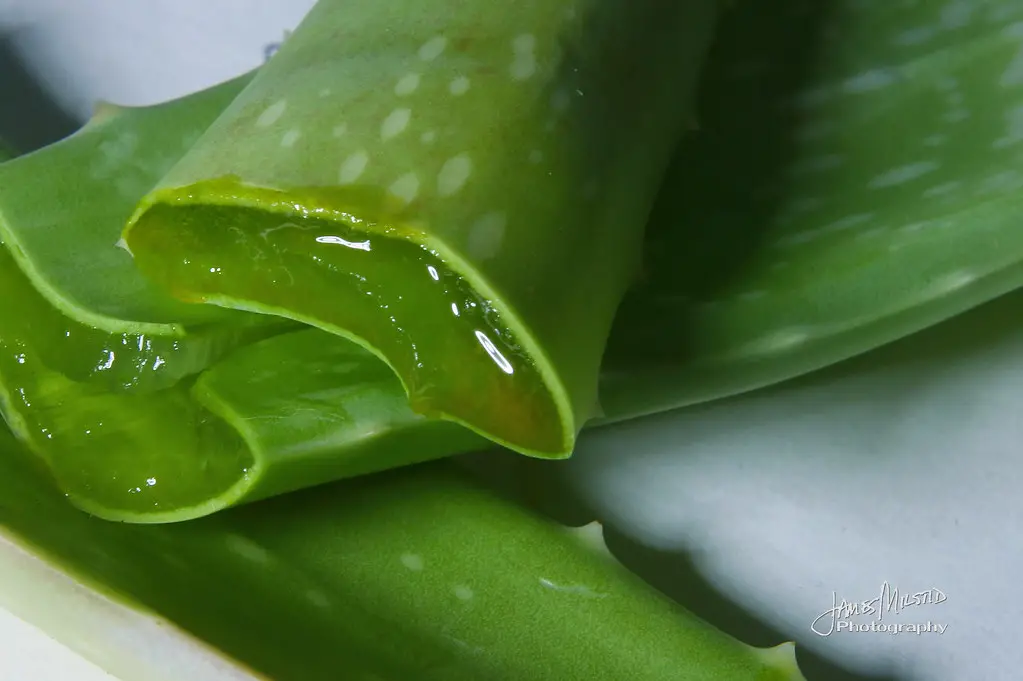
Aloe vera gel diluted in water can act as a powerful organic fertilizer. It boosts plant immunity and encourages faster growth. This hack is especially popular among succulent and indoor plant enthusiasts.
14. Planting Marigolds to Repel Garden Pests
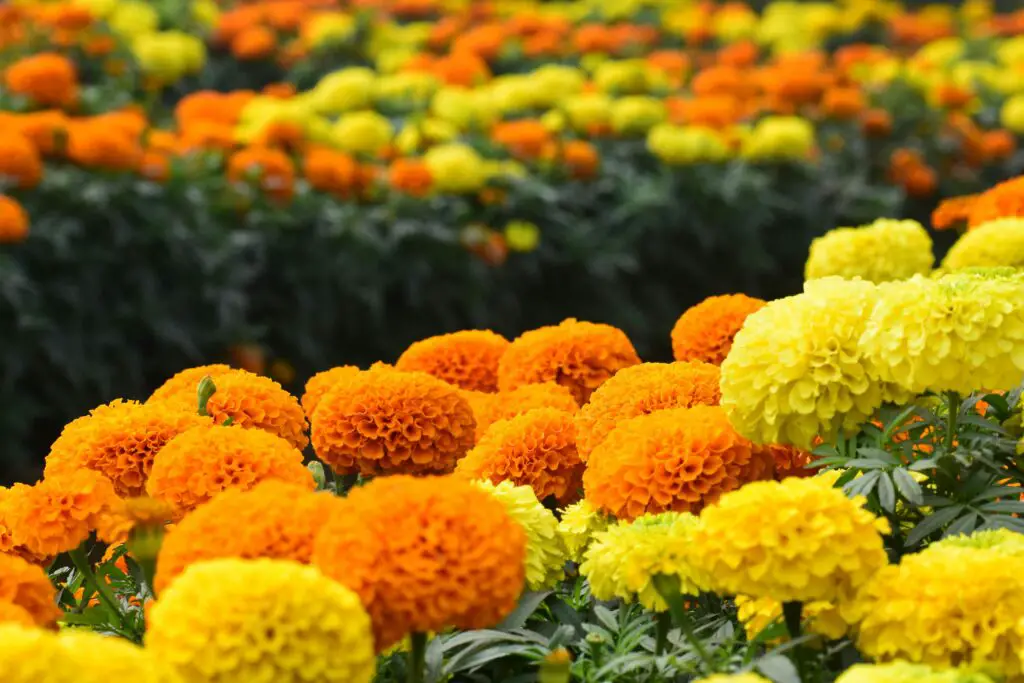
Marigolds release a natural chemical that deters pests like aphids and nematodes. Plant them alongside vegetables or other susceptible plants to create a protective barrier. Their bright flowers also add beauty to any garden.
15. DIY Moss Poles for Climbing Plants

Moss poles provide a natural, moisture-retaining structure for climbing plants like pothos and monsteras. Simply wrap sphagnum moss around a sturdy pole and secure it with twine. It encourages aerial roots to attach, promoting healthy vertical growth.
16. Freezing Herb Cubes for Cooking
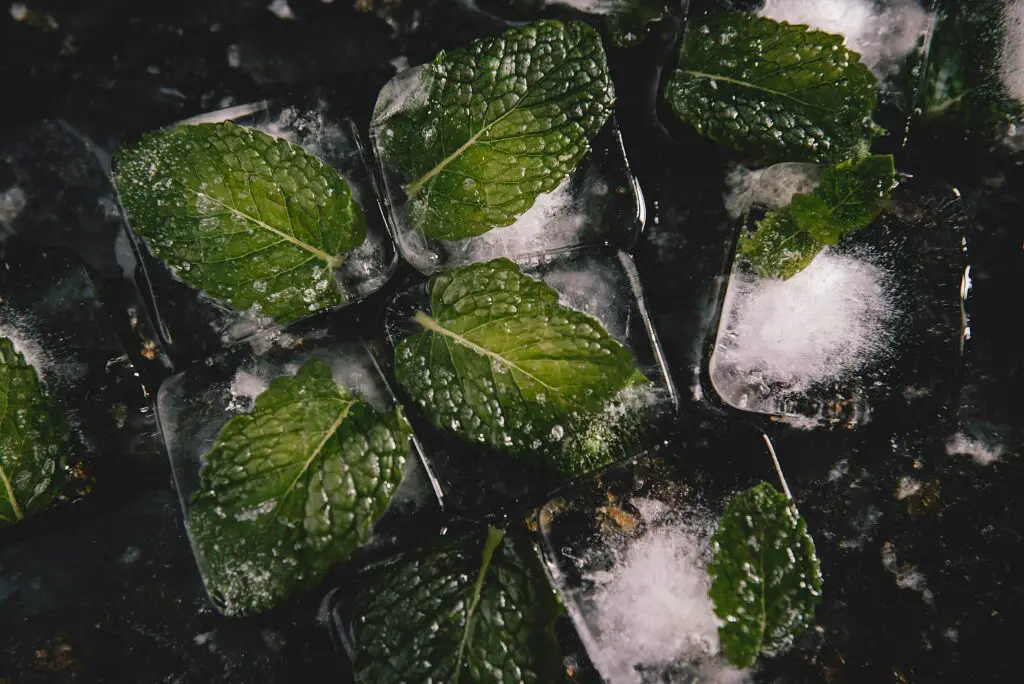
Freeze fresh herbs in olive oil or water using an ice cube tray for easy use later. This hack preserves flavor and freshness while making cooking more convenient. It’s a great way to enjoy your homegrown herbs year-round.
